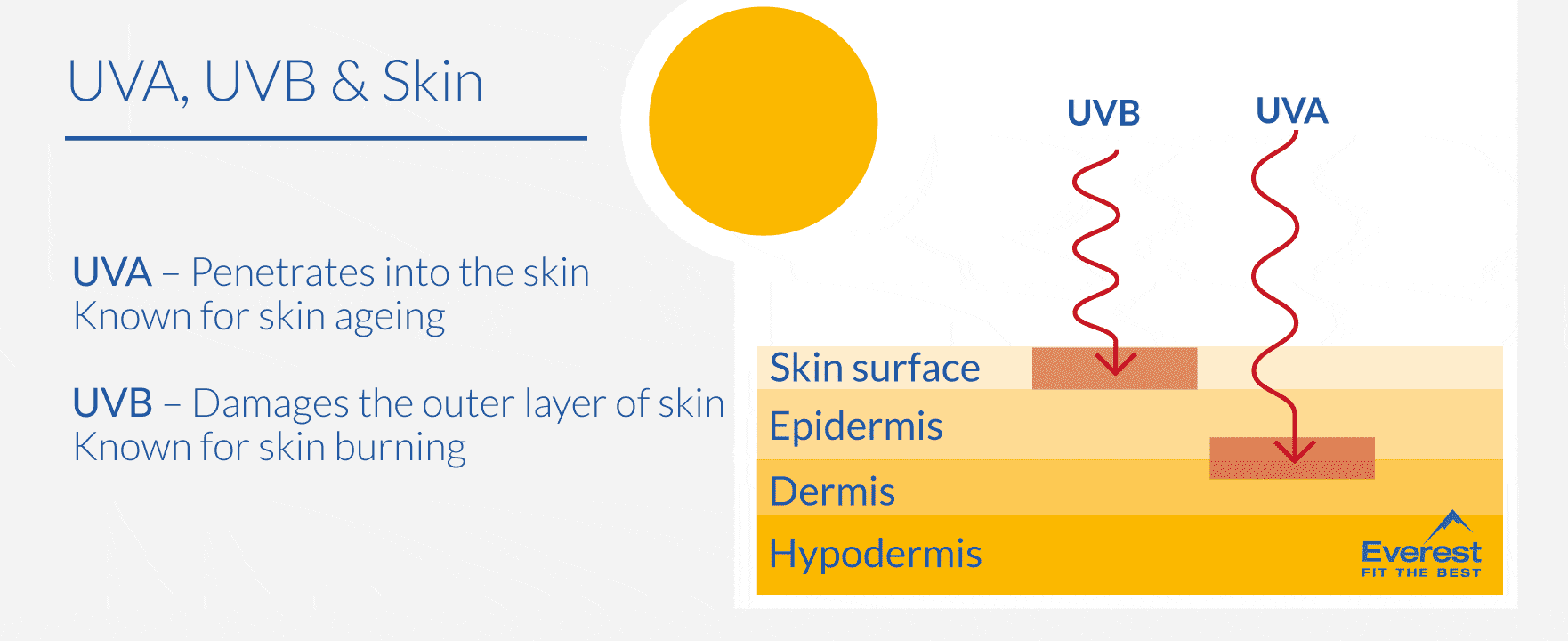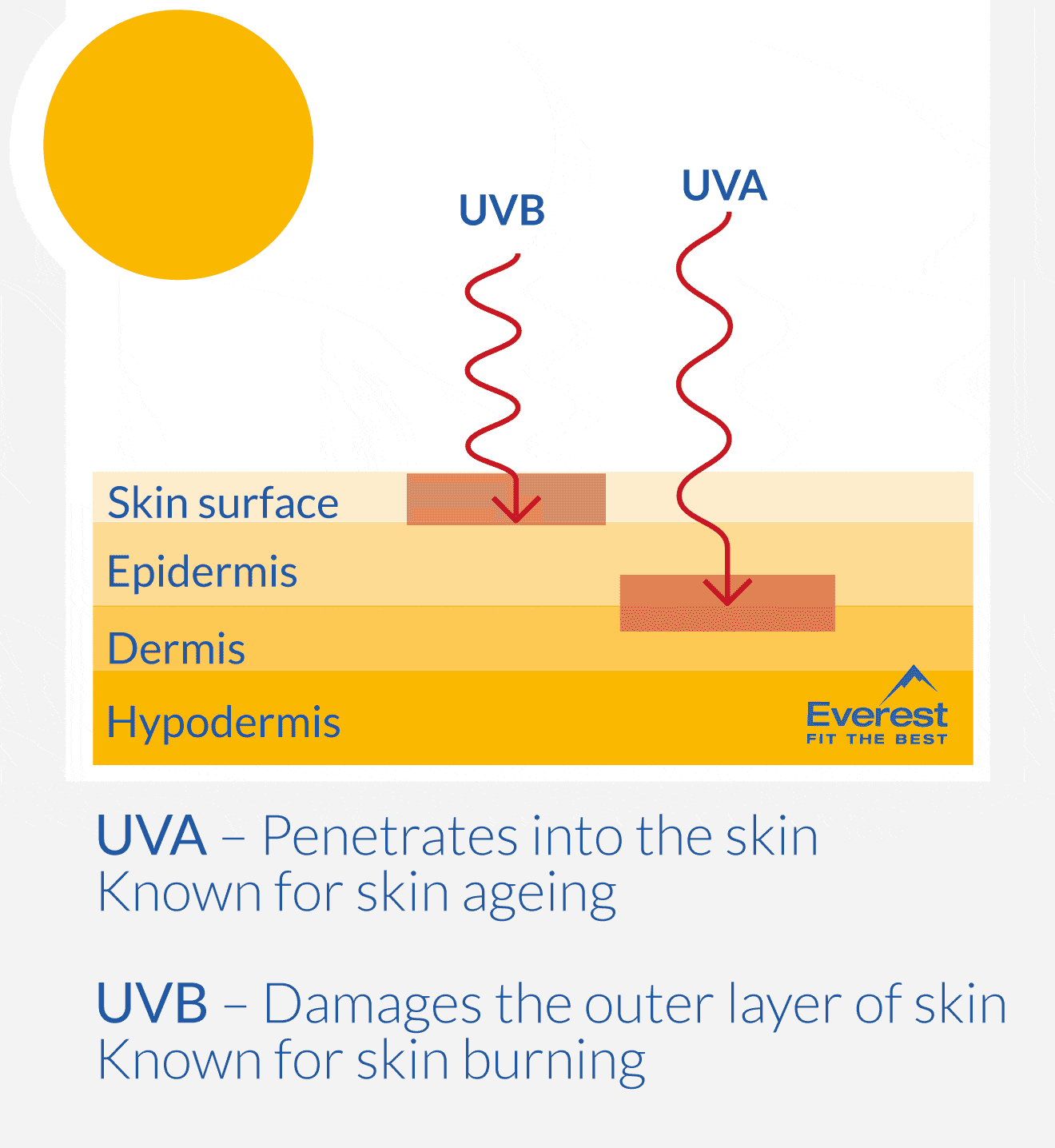Sunshine is good for the mood and good for health (vitamin D) and bright sunny interiors are desirable spaces. Does anything feel better than being curled up in a chair next to a large window with the sun pouring in whilst you read and drink a coffee?
Sitting in a conservatory allows you to benefit from the winter sun even when it’s cool outside and to get a dose of sunshine all year round. The solar gain from direct sunshine can also heat a room and help with energy efficiency in your home.
But can you get a tan through the glass, or can you get sunburn? Should we wear sunscreen if we have a desk next to a large window?
How UVA and UVB Rays Affect the Skin
The sun naturally emits ultraviolet radiation (UV), consisting of UVA and UVB rays. It’s not perceptible as visible light but can be felt by the skin.
Ultraviolet A (UVA) has a longer wavelength of 320-400 nanometers and is known for skin ageing. UVA can penetrate through glass and cloud cover.
UVA is a more consistent radiation than UVB and is prevalent everywhere. UVA is not as intense as UVB, but it penetrates more deeply into the skin. Used in sunbeds, it was thought to be a safer UV but is now understood to cause skin cancer by damaging the innermost part of the top layer of skin.
Ultraviolet B (UVB) has a shorter wavelength of 280-320 nanometres and is known for skin burning. UVB can be filtered by cloud cover and glass.
UVB damages the outer layer of the skin. Whilst it causes a sun tan, it also causes sunburn. UVB intensity can fluctuate year-round and is more intense at high altitudes.
Both UVA and UVB are proven to contribute to the risk of skin cancer, but UVA has a higher incidence of malignant tumours. They can both cause ageing of the skin and eye damage.
UV damage doesn’t happen quickly, it builds up over time. Skin does repair, but it can’t repair all damage and the more that builds the more the risk of skin cancer builds.


How a Tan Develops
When the body is exposed to UV light, melanin forms in the skin as a defensive mechanism to absorb the radiation and protect the skin from DNA damage.
- UVA oxidizes melanin already present in the skin and produces a tan quickly.
- UVB stimulates the body to produce melanin and takes 2 days to produce a tan.
Melanin is the body’s reaction to protect the skin but is prized for its colour as a tan.